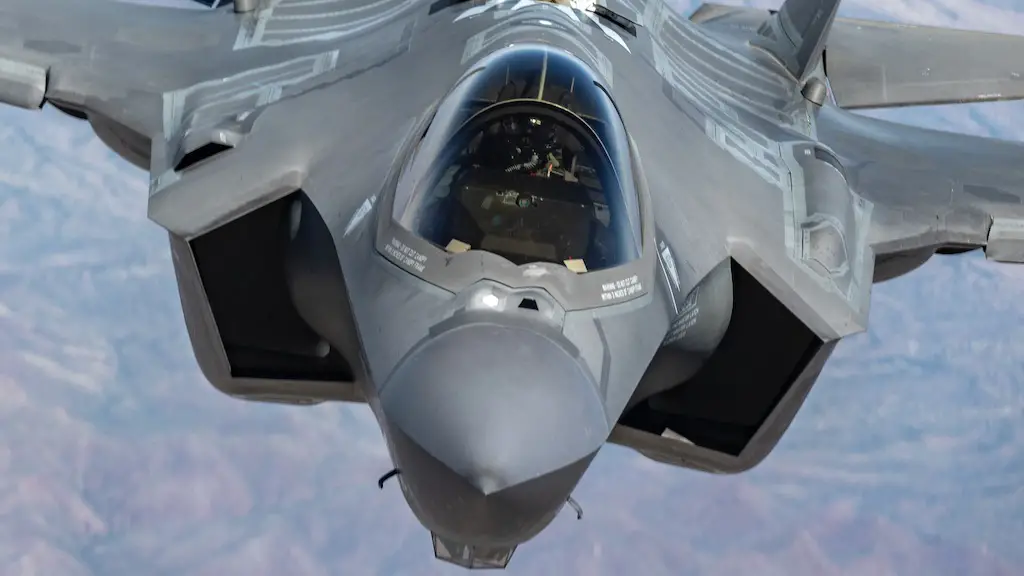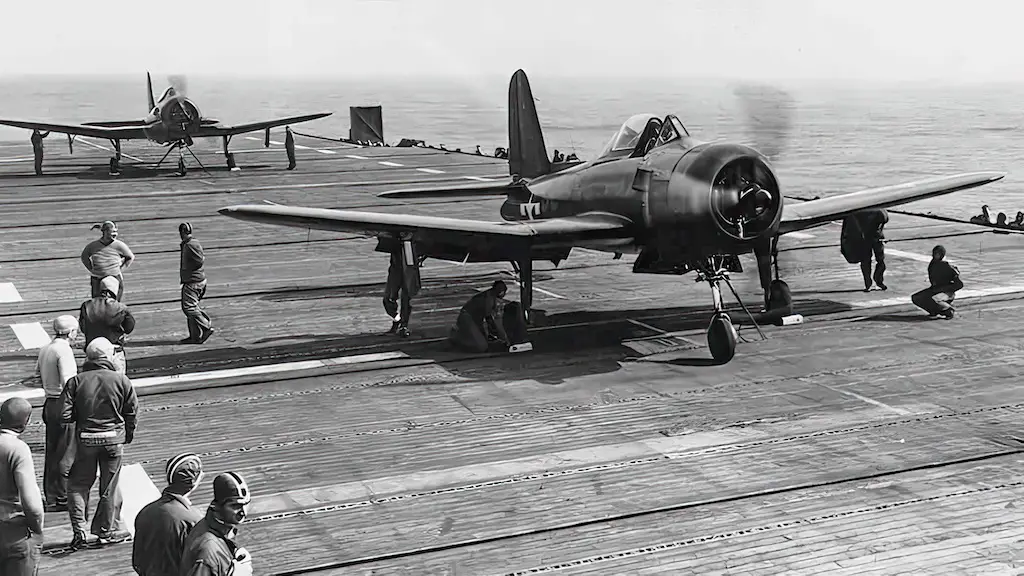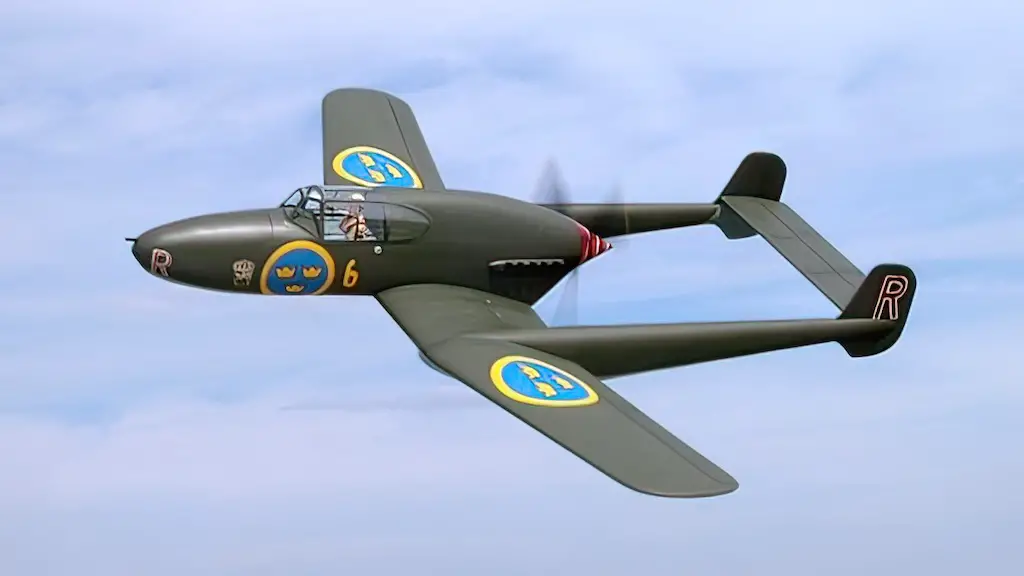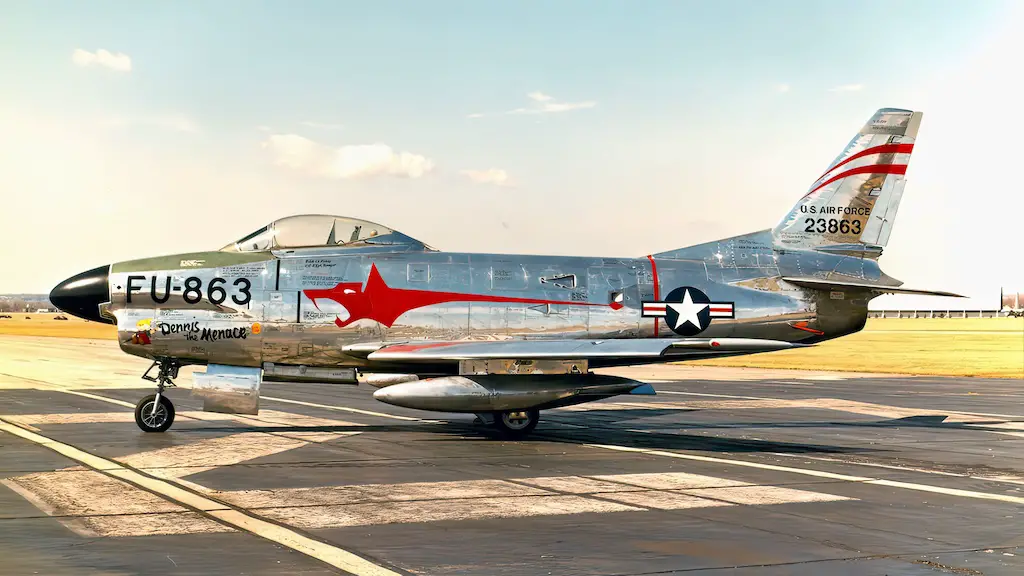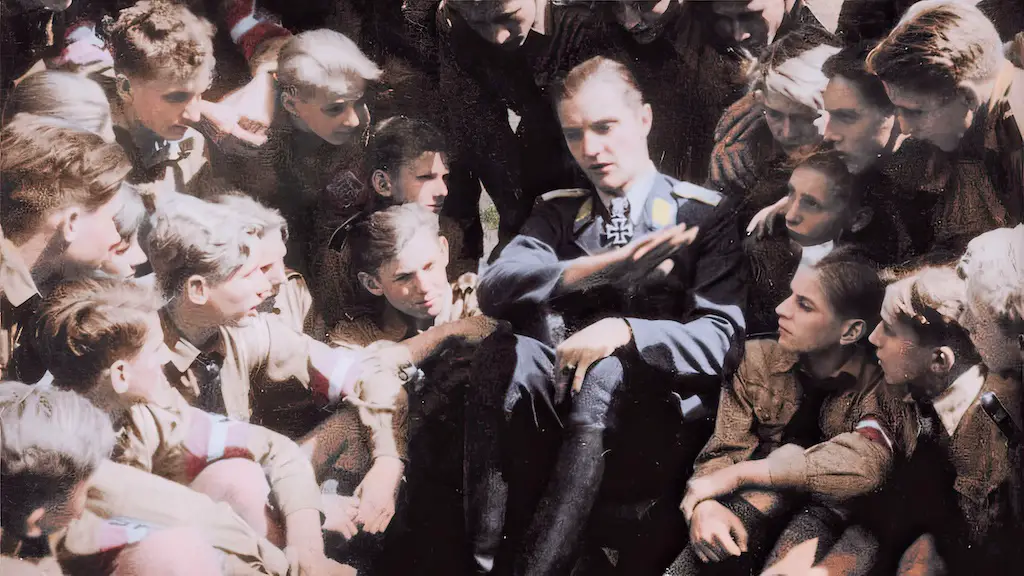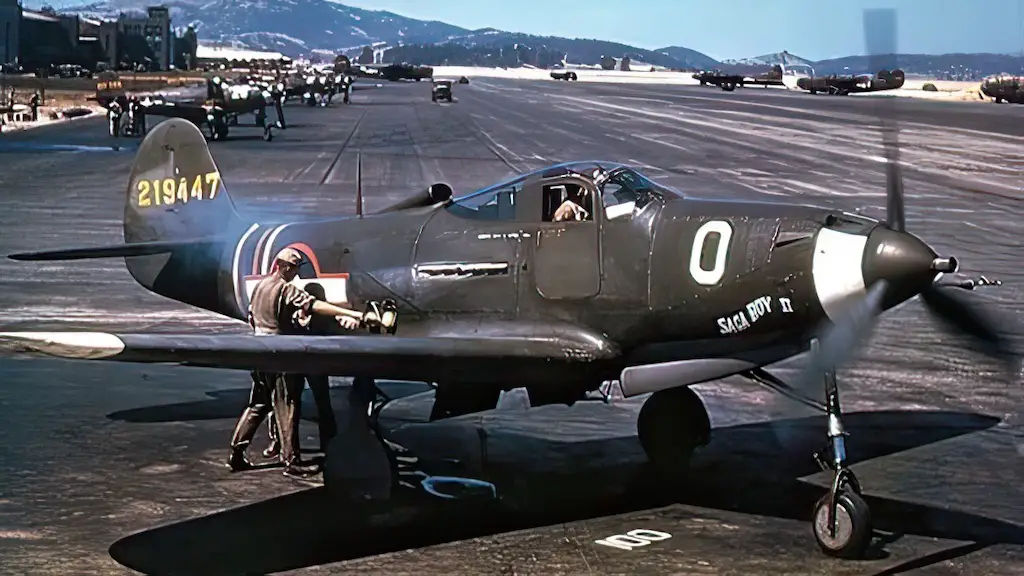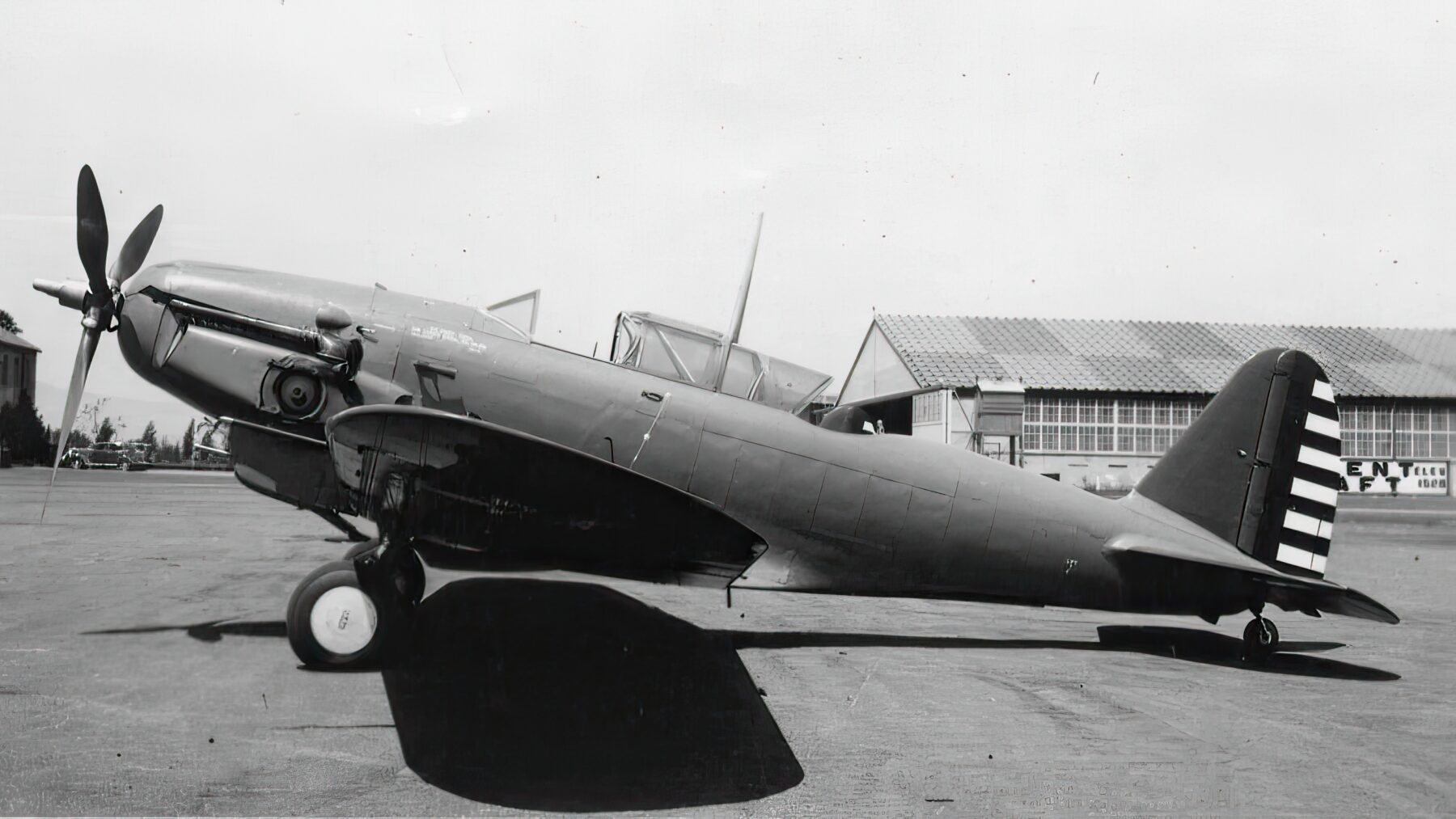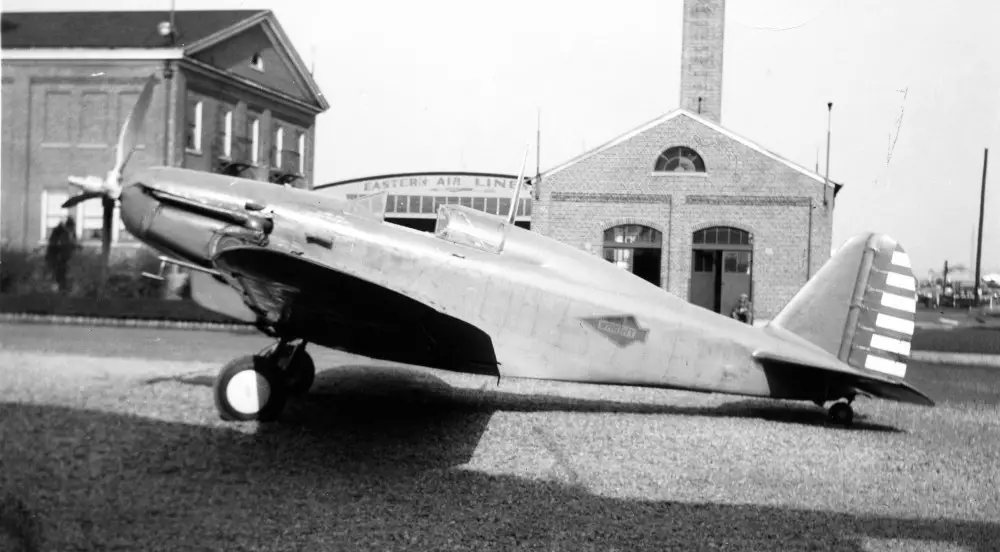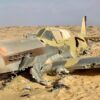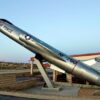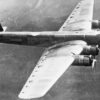Lockheed is often hailed for its standout contributions to the aviation industry. However, the story behind the YP-24, Lockheed’s maiden venture into fighter aircraft, is not as widely known. While it showcased the company’s ambition and capacity for innovation, the YP-24 also came perilously close to being Lockheed’s downfall. This aircraft, while impressive in its design and intent, became a double-edged sword, reflecting both Lockheed’s pioneering spirit and the grave risks inherent in the aviation business.
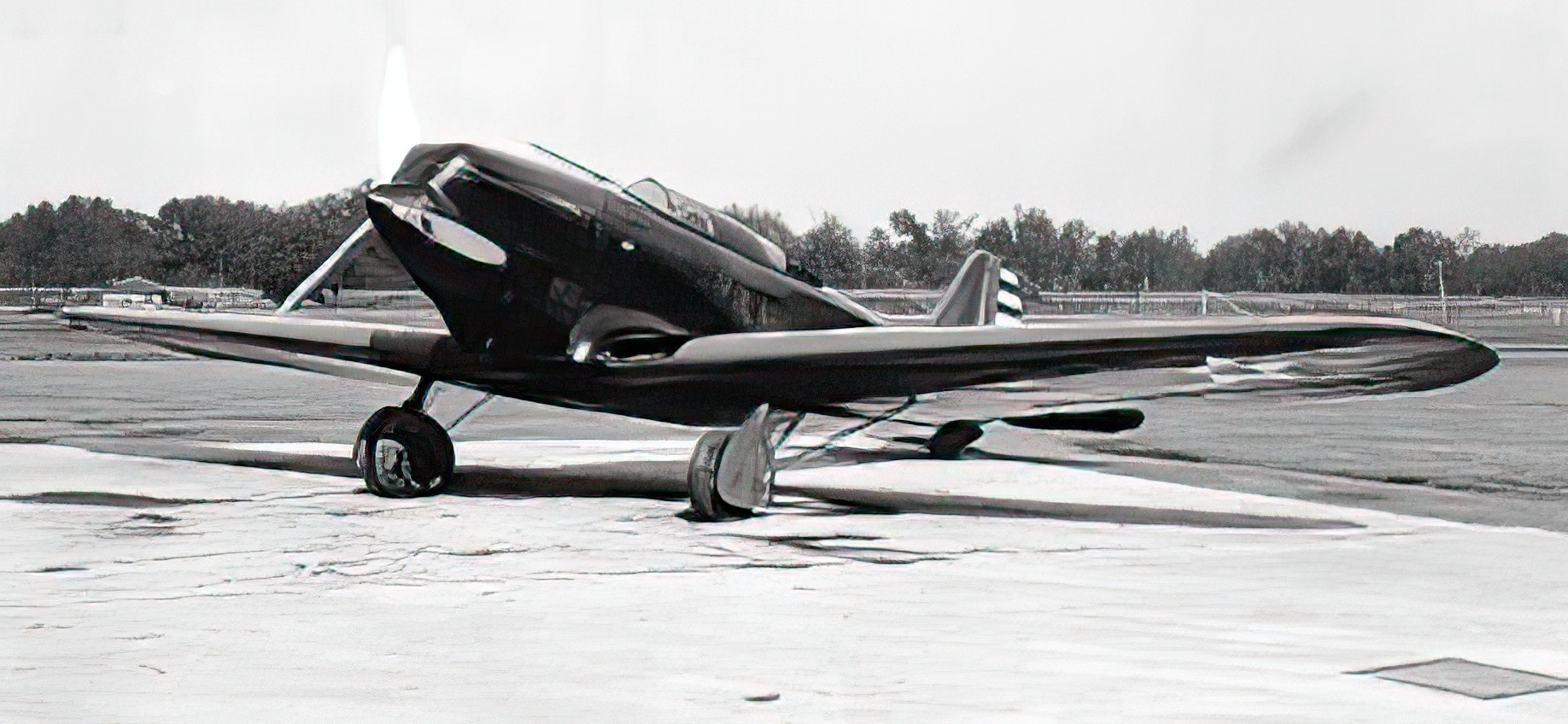
From Blueprint to Sky
The YP-24 began with a vision of creating a fighter aircraft that was ahead of its time. Lockheed’s engineers and designers, while venturing into the competitive realm of fighter aircraft, ensured that the YP-24 was embedded with the latest technology of its era. It wasn’t just another fighter aircraft; it was Lockheed’s statement to the world of aviation. And though its journey was marked with challenges, the birth of this machine was a testament to the relentless spirit of innovation.
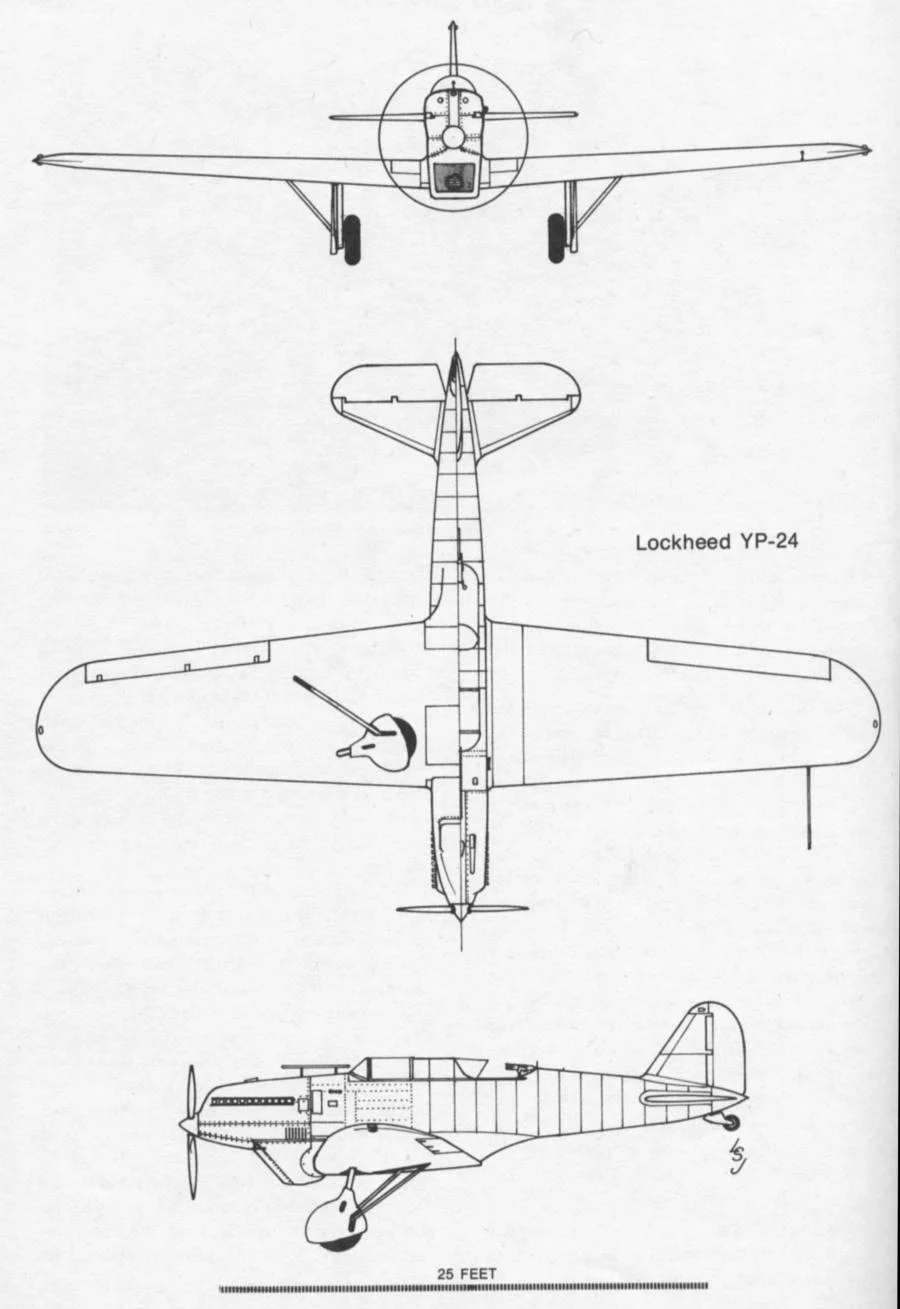
The Conqueror Engine
The YP-24 was powered by none other than the Curtiss V-1570-23 Conqueror, a V-12 liquid-cooled piston engine. Delivering a robust 600 hp (450 kW), this engine was the heart of the aircraft. Its sheer power, combined with efficient cooling mechanisms, made the YP-24 a force to reckon with in the skies. It wasn’t just about raw strength; this engine’s design ensured that the YP-24 had the endurance and stability, making it a formidable contender in its class.
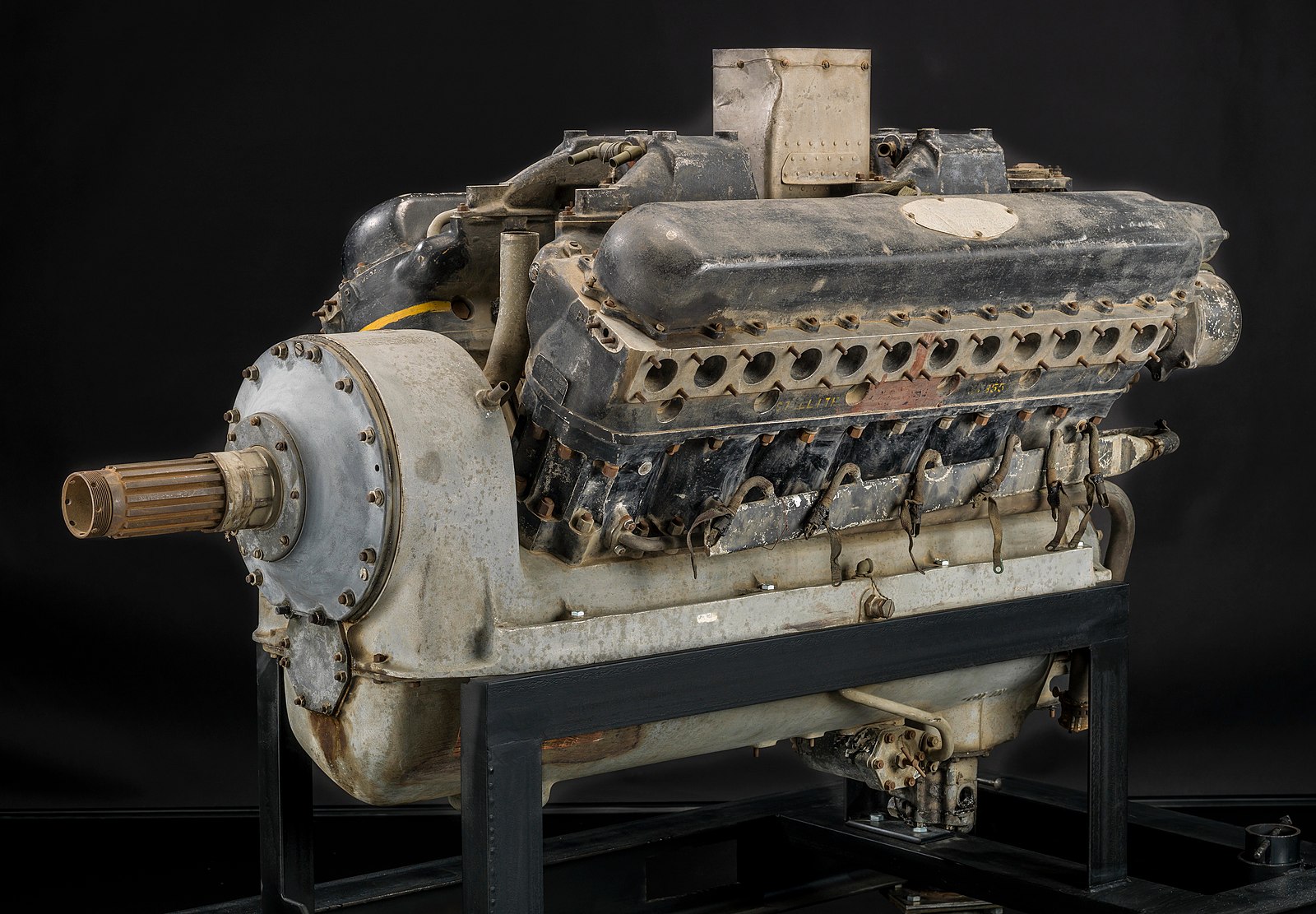
Skyward Dance
Pilots who had the privilege of flying it often spoke of its superior flight characteristics. Its impeccable handling gave pilots the confidence to undertake daring maneuvers. The YP-24’s responsiveness, agility, and stability were its standout features. In the hands of a skilled pilot, the YP-24 danced in the skies, turning heads and capturing imaginations.
Locked and Loaded
The aircraft boasted a forward-firing 0.50 in (12.7 mm) machine gun, seamlessly integrated to shoot through the propeller disc. Accompanying this was another fixed forward-firing 0.30 in (7.62 mm) machine gun, utilizing the same ingenious shooting path. Adding a layer of versatility, the YP-24 was also equipped with a 0.30 in (7.62 mm) machine gun positioned in the rear cockpit, ensuring comprehensive defensive capabilities. This triad of armaments underscored Lockheed’s intent: to create a fighter that was both swift in movement and potent in combat.

The Crash and Project Cancellation
On 19 October 1931, tragedy struck. The lone YP-24, battling a malfunctioning landing gear, crashed. It became a somber spectacle as fellow pilots, realizing the impending doom, painted messages on their aircraft urging test pilot Lt. Harrison Crocker to bail out.
The crash’s aftermath was felt beyond just the wreckage. Financial challenges, exacerbated by the Great Depression, led Detroit Aircraft into bankruptcy, pulling Lockheed down with it in June 1932. Although Lockheed was revived within days, the financial turbulence led to the unfortunate cancellation of the P-24/A-9 project. But, like a phoenix, the essence of YP-24 lived on, influencing the creation of the Consolidated P-30.
The Lockheed YP-24’s legacy may have been brief, but its impact was undeniably profound. It paved the way for Lockheed’s future legends and remains an unforgettable chapter in aviation history.

